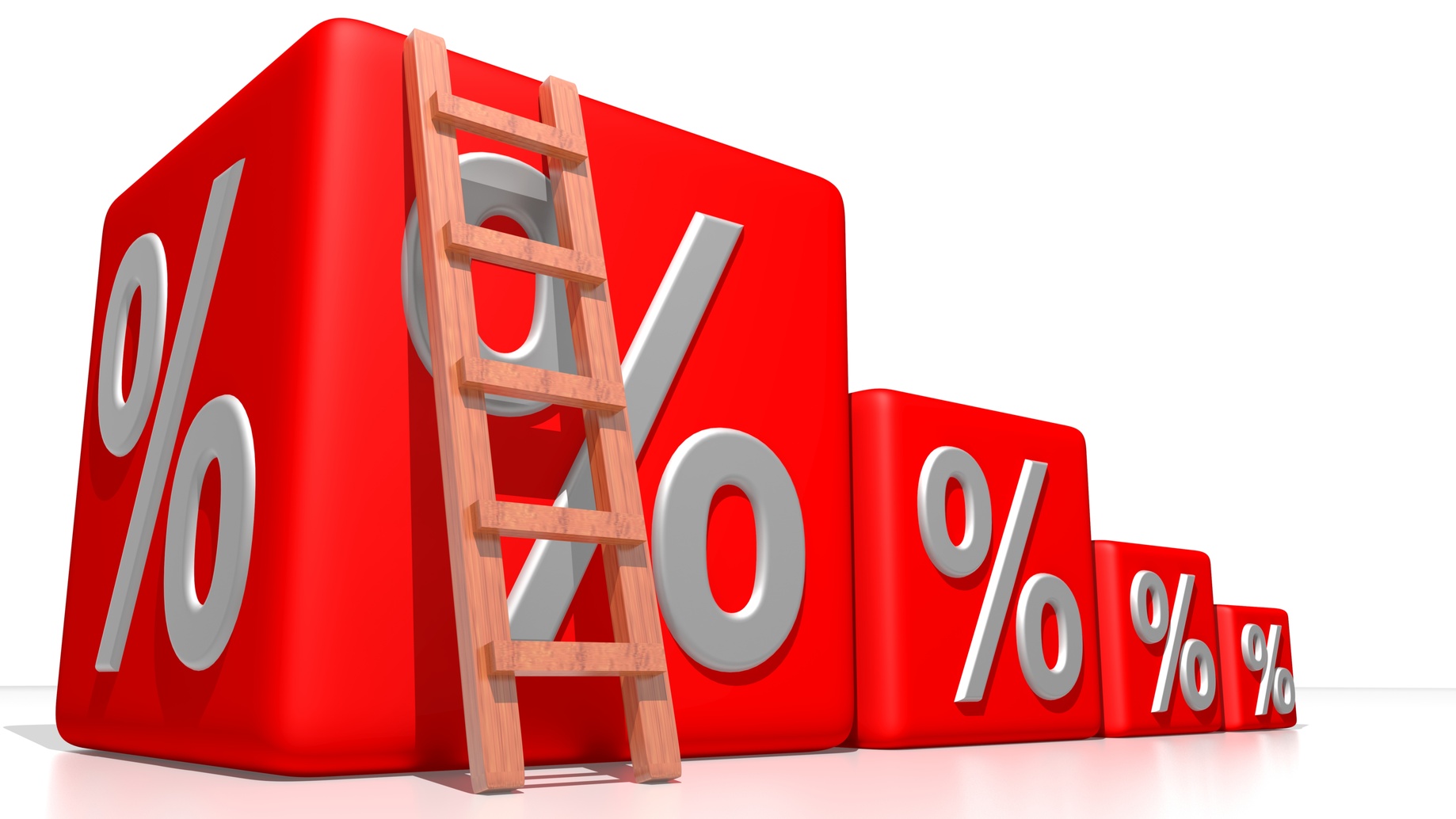South Africa has remained above sub-investment as ratings agencies FitchRatings and Moody’s Investor Service announced their ratings decisions on Friday. However, while Moody’s maintained a negative outlook for ...
27 November 2016 · Jessica Anne Wood

South Africa has remained above sub-investment as ratings agencies FitchRatings and Moody’s Investor Service announced their ratings decisions on Friday. However, while Moody’s maintained a negative outlook for the country, Fitch revised its outlook from stable to negative.
Responses to the announcements
Wichard Cilliers, head of dealing and director at TreasuryOne, said: “Friday’s no downgrade has truly given the ZAR some firm footing this morning. It also eased global investor woes as the downgrade looked very much inevitable for some time.
“Friday saw Moody’s Investors Service warn us that political infighting‚ low growth and unemployment pose the greatest risks to the South African economy in a credit note released just after midnight on Saturday‚ RSA time.
“Fitch on Friday also choose to not to downgrade RSA's rating from BBB-‚ one notch above sub-investment‚ but dropped the outlook from stable to negative. It also said political risks to standards of governance and policy-making had increased.”
Rian le Roux, chief economist of Old Mutual Investment Group, noted that following the announcements by Fitch and Moody’s there is now a better chance that Standard & Poor’s (S&P) will also leave their rating unchanged (like Moody’s) when their announcement is made this week.
He added: “Fitch’s decision to keep SA’s sovereign rating unchanged at one level above non-investment grade, but changing the outlook from stable to negative, is an indication that a downgrade to non-investment grade is possible unless prospects for the economy improve materially, and underpins government’s intended longer term fiscal consolidation.”
Furthermore, le Roux explained: “As agencies typically first change the outlook, before actually changing the rating, the negative ratings from all three agencies imply that the urgency has increased for SA to get its’ economic and fiscal house in order. The implication is that SA will need to work harder to implement structural reforms to restore confidence and encourage investment.”
The factors influencing the decision
In explaining the decision, both Fitch and Moody’s noted that there were a number of factored that contributed to the ratings decisions. While these factors did not result in a ratings downgrade, both ratings agencies highlighted that much needs to be done before an upgrade is likely.
Among the factors pointed out by Fitch were:
Several of the points noted by Moody’s were similar to those highlighted by Fitch. Zuzana Brixiova, senior analyst and vice president of Moody’s, revealed: “South Africa has a record of sound fiscal management, especially on the spending side. The Treasury has consistently met spending ceilings introduced in 2012 and is aiming to reach primary balance in the next fiscal year. However, the country’s debt-to-GDP ratio continues to accumulate steadily, albeit at a slowing rate.”
Moody’s highlighted that the country’s rating would likely be downgraded if it were not for the fundamental structural reforms supporting higher and sustainable medium term growth. Yet, it also noted that the negative outlook on South Africa’s Baa2 government bond rating reflects risks related to the implementation of structural reforms aimed at restoring confidence and encouraging investment, which is what Moody’s bases its expectations for a gradual growth recovery and debt stabilisation in coming years.
Future ratings decisions
Looking ahead, Moody’s noted that a rating upgrade is unlikely. However, the ratings agency would revise the outlook from negative to stable if the government “would undertake structural reforms that would bring the economy on a path of higher and sustainable growth and stabilise the general government debt and contingent liabilities relative to GDP ratios. Boosting business confidence through reforms in the areas of labour markets, electricity, and state-owned enterprises would be a credit positive.”
While Fitch does not view a ratings upgrade as likely at present, it noted that the following factors could lead to a positive rating action:
S&P is set to make its announcement regarding South Africa’s credit rating later this week.
Free tool

info@justmoney.co.za
4th Floor, Mutual Park, Jan Smuts Drive,
Pinelands, Cape Town, 7405
© Copyright 2009 - 2025 · Powered by NCRCB29
Terms & Conditions
·
Privacy Policy
·
PAIA Manual
View your total debt balance and accounts, get a free debt assessment, apply for a personal loan, and receive unlimited access to a coach – all for FREE with JustMoney.